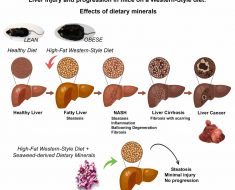
Researchers conducted a study to describe the demographic and clinical characteristics of patients receiving care for chronic obstructive pulmonary disease in the U.S. primary care setting. More than 17,000 electronic patient records were included in their analysis, drawn from the Chronic Obstructive Pulmonary Disease Optimum Patient Care DARTNet Research Database. (COPD-RD). The group also used an additional source of data for a subset of these patients called the Advancing the Patient Experience Chronic Obstructive Pulmonary Disease (APEX-COPD) registry, which includes patient-reported descriptive and longitudinal data of patients managing COPD in the primary care setting. One thousand, three hundred and fifty-four patients were included in this sub-sample.
Almost 50% (49.9%) of patients in the APEX registry self-reported experiencing more than one exacerbation episode in the past year. This exacerbation burden was surprising to the researchers, considering that 87.9% of these patients were on some form of maintenance therapy. Despite treatment, APEX patients continued to report high or very high levels of COPD symptoms, as measured by the COPD Assessment Test. They experienced significant levels of breathlessness, indicating that they may not be treated properly or may be poorly compliant with medication regimes. Additionally, the authors recommend a greater focus on non-pharmacologic treatment options to reduce symptom burden (37.4% of APEX patients also reported continuing to smoke) and additional physician education to improve early diagnosis and treatment.
The authors argue that their findings indicate further opportunity for medication optimization in the primary care setting for COPD management and call for more real-life effectiveness trials to better support treatment decisions at the primary care level.
Source: Read Full Article





